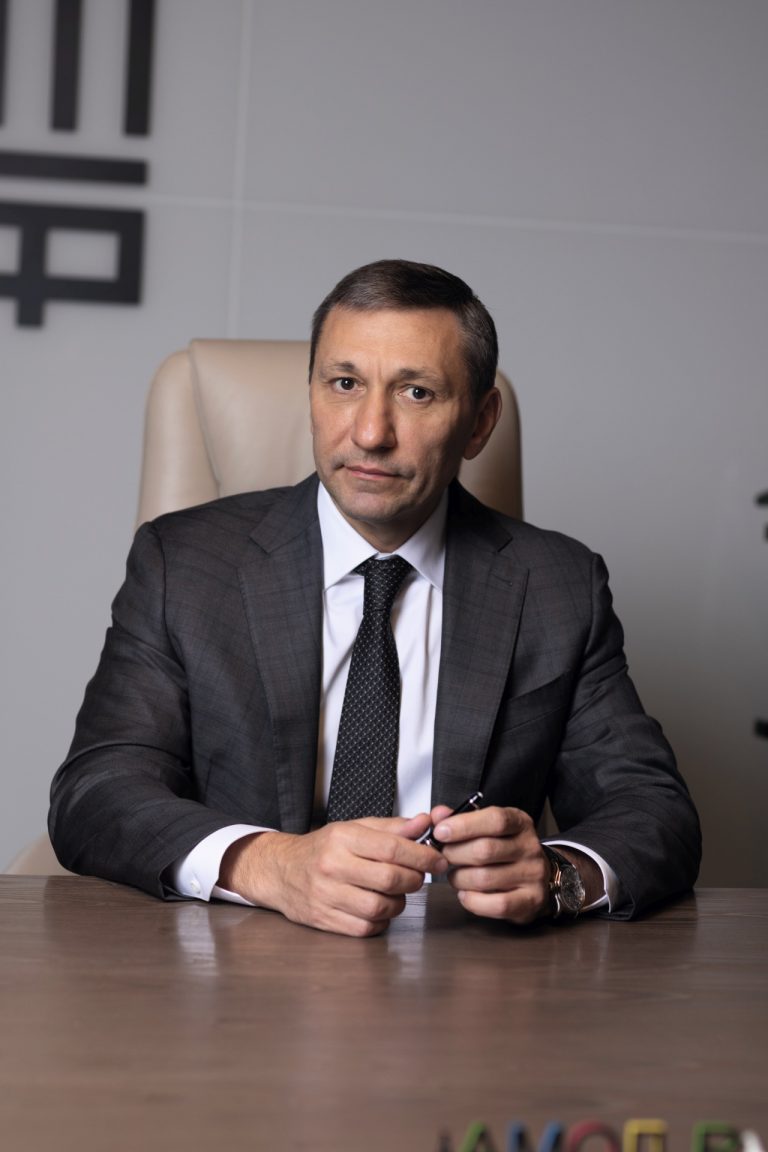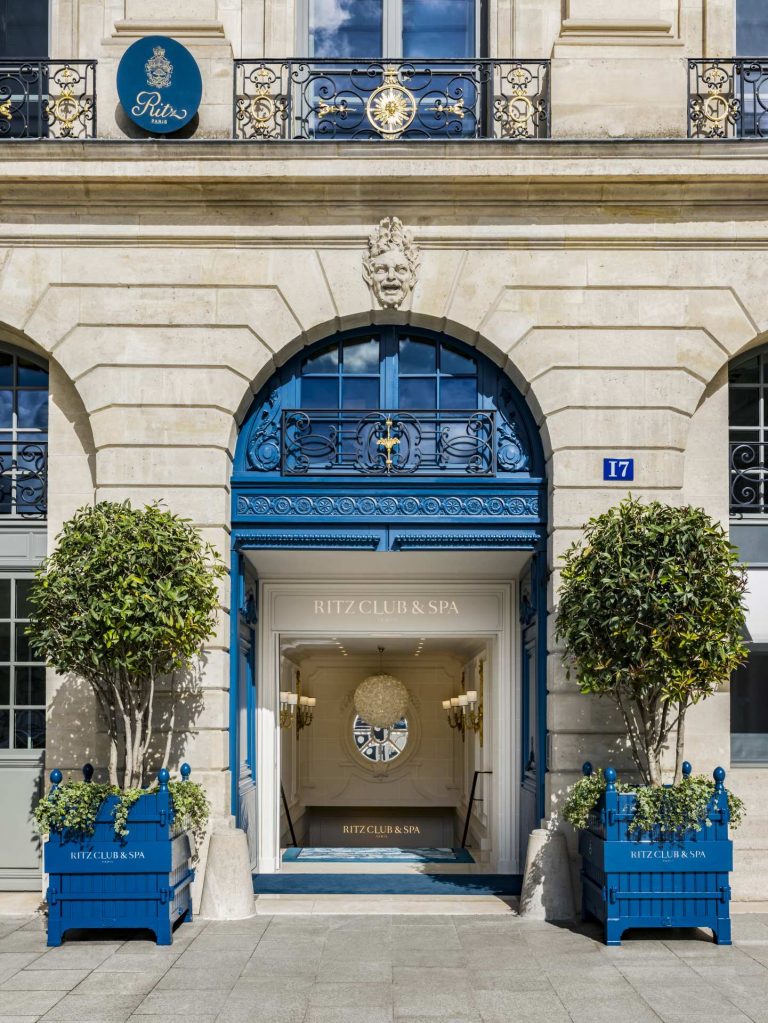Christian Boltanski was among the most respected contemporary artists not only in France, where he was born in 1944 and lived his entire life. He is one of the undisputed leaders of contemporary art in the world, where his every work became famous. And it’s one of those artists that turns our view of art into something that many would rather forget.

Since last year we have been talking about Christian Boltansky in the past tense – on July 14, 2021, the artist died. No, not from a fashion disease, and the death of a genius admirer of his work – their name is legion – was perceived as a personal tragedy, so Boltansky was important for all who were used to exist in the paradigm of modern art.
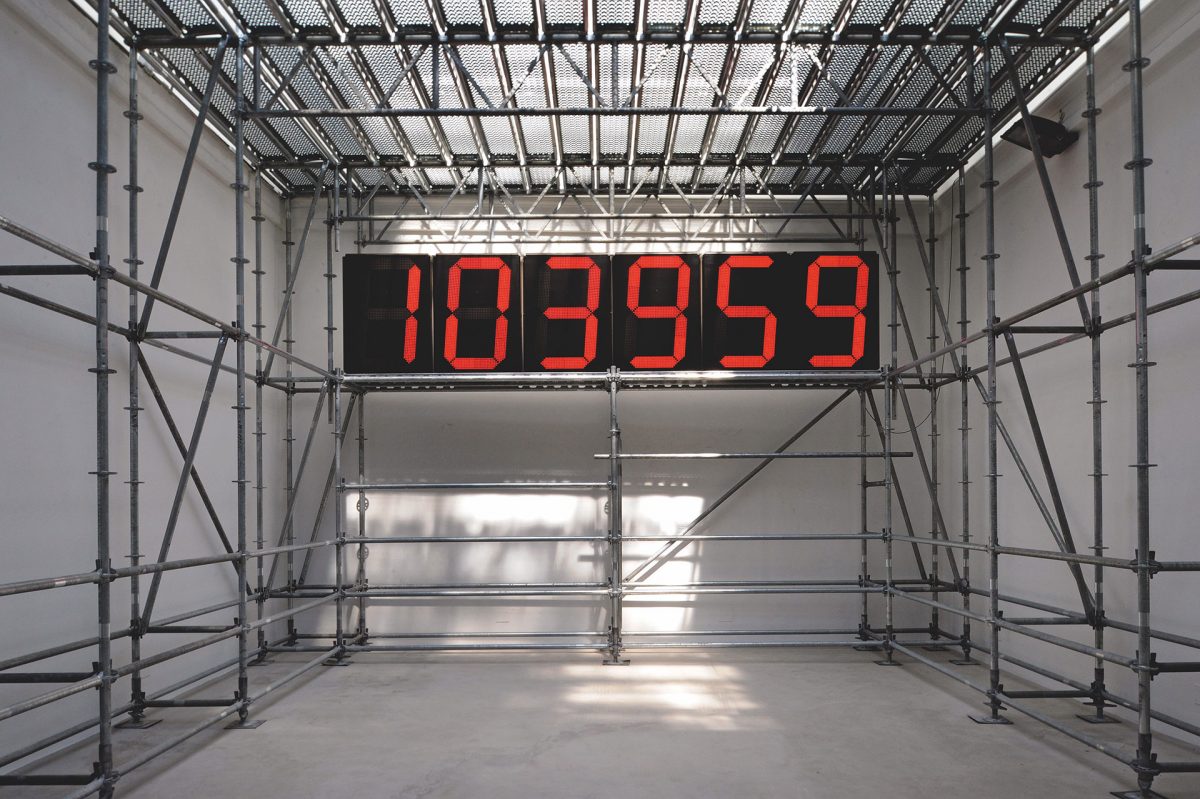
In 2019, his second retrospective was held, 35 years after the first, in the Centre Pompidou – dedicated to the 75th anniversary of the artist. There, in Paris, he was chosen in 2010 as the hero of the European Art Festival Monuments – created by the master of installation occupied the entire Cyclopean Grand Pale. “I asked them to turn off the heating in the Grand Pale, – he explained. – I wanted the audience to feel the cold, the winter, the smells… For me, art should be total, not just visual. As a result, the audience immersed themselves in the work, became part of it. I wanted the visitors to forget that they were in the museum, move away from the outer contemplation, feel something».

Why are we like this
A year after the Grand Pale, already at the Venice Biennale, stunned spectators roamed the pavilion of France, built-up the project Boltanski «Chance», and perceived what was seen as a message to the world. On metal farms, from floor to ceiling, in all directions slid a photograph film, in which each frame was a portrait of the newborn. On the monitors, we saw sketches of their faces. Randomly joined, they occasionally folded into a real face, and then everything was frozen, reminding that the person was born. The enumerators counted the number of births and deaths in every second of the world. Seeing that more were born, visitors left with happy faces.
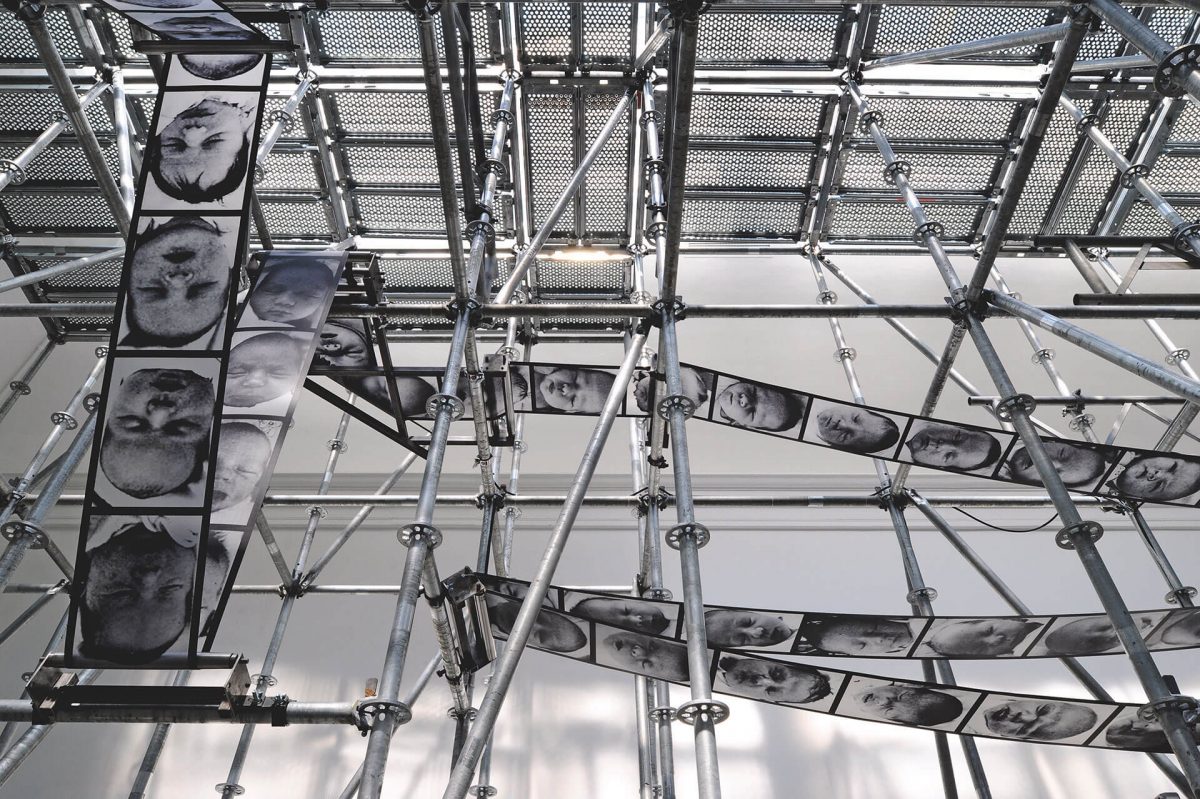
«Let’s imagine that, leaving the museum now on the street, I will get into a car accident and die, – he commented «Chance» many years later, in an interview that I was lucky to take from the artist during his last visit to Russia. – If I am a religious man, it will be fate for me: then I should have been in Moscow and died here. If I’m not religious, it’s just a matter of chance for me. Any project I have is a parable, and I wondered why we are what we are. Not because our parents decided to make love at this particular moment. If they had decided to do it in a second, we would have turned out different. Maybe they would have decided not to make love at all».

Love is about Boltanski. Love, memory and death form the theme of all his creativity, remaining as factors in our life, that fills and keeps it from something. And these are the meanings that make the viewers constantly review the artist’s work and find their own.
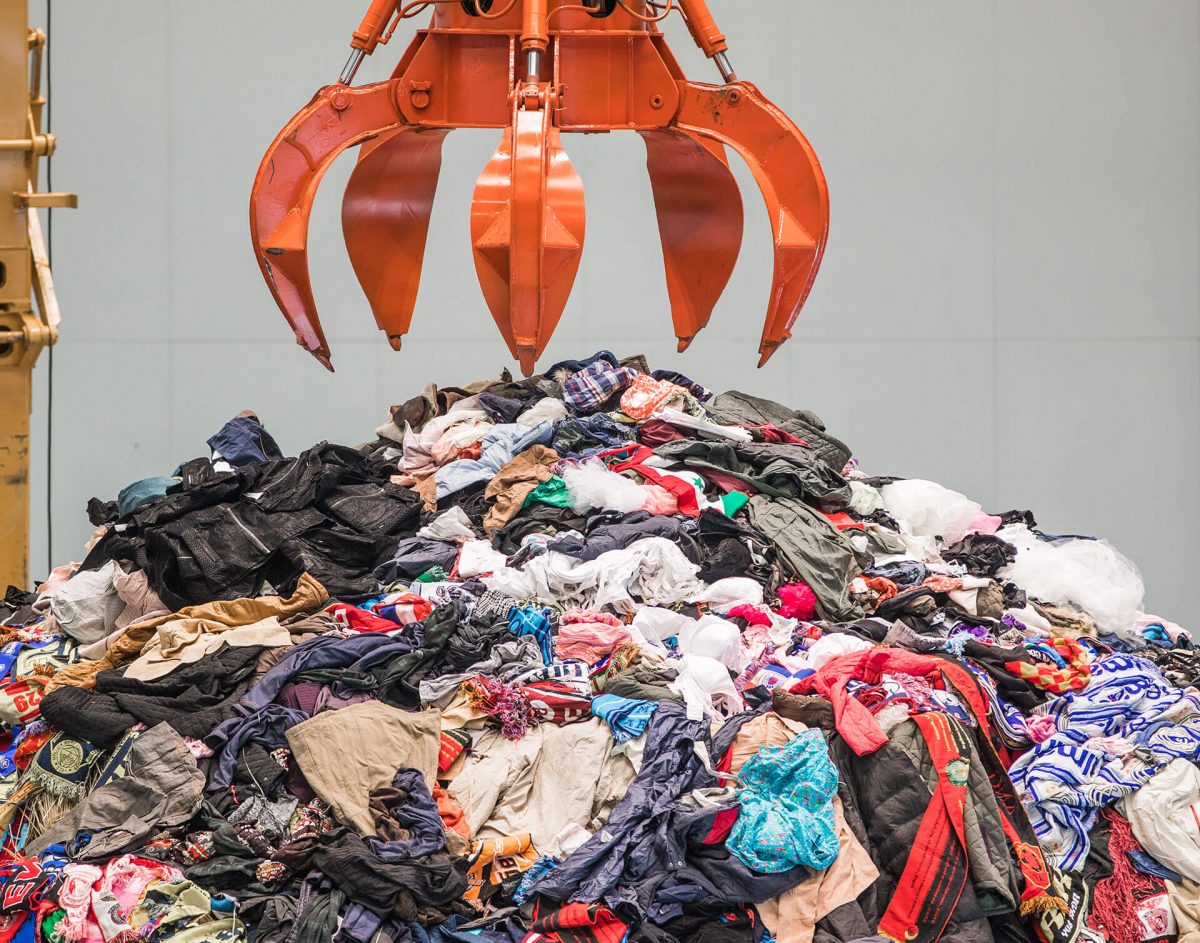
Visitors to the annex «Ruina» in the Museum of Architecture in Moscow in the winter of 2005 found something very important for themselves, where black men’s coats were hung under the roof at different heights. It was «Ghosts of Odessa» – the first appearance of Boltansky in Russia and the main event of the I Moscow International Biennale of Modern Art. It was important to the author that the hanging coats seemed like giant monoliths from below – the artist froze them. According to legend, Boltanski’s grandfather, from whom he got the surname, was an opera singer. His father was a professor of medicine, the son of Jewish immigrants from Odessa. His mother, a Corsican and a Catholic, gave his son a Christian name, even two: the full name is Boltanski, born on September 6, 1944, and a week after the liberation of Paris, Christian Liberté.

The Holocaust and its stories filled his childhood. Everyone understood that the family was saved by a miracle, and some works by Christian Boltanski remind of the victims, for example, some of the «altars» that he began to do since the late 1980s. But Boltanski insisted that the Catastrophe was not the main theme of his work. And his first «altars» and his «archives» are another kind of installations, which are albums of photos, for example, former schoolchildren, and delightful theatres of shadows tell a different story. These are about an outgoing past, about adults whose childhood is history, and none of them in the same form anymore.
A life Caught on Camera
It is important to say that Boltanski never studied anywhere: at the age of 13 he left school, where he did not go. His teachers were those who were lucky to meet in life. The main ones are Tadeusz Kantor, the great Polish director and artist, and the outstanding German dancer and choreographer Pina Bausch. These names seem very logical in the context of his work. Boltanski began as a painter, but the picture «Oval Room» (1967) was almost the last. Then he came to the cinema – the film «Impossible Life of Christian Boltanski» (1969) represented the first attempt to compose his own myth: a twisted man sitting in a corner erupts streams of unnatural blood. It’s a grotesque expression of the tragedy of a creature condemned to die. All this is an abyss of irony and grotesque – as well as in autobiographies, which young Boltanski sent to various figures of culture, filling them with fake information, pseudo-memorials.And from there he moves on to anthropology, exploring all aspects of his modern human history, as impersonal as possible. For example, he started working on the «Archive of Dead Swiss Citizens», a project based on photographs from newspaper obituaries, in 1990. Why the Swiss? Because “they have no historical reason to die, they are fed and rich. “The dead Swiss” sounds kind of like a joke. With the “dead Jew” is more and more complicated, and I strive for universality and always solve the dilemma of “chance or fate”, I ask, as all survivors, the question: “Why did I survive?”».
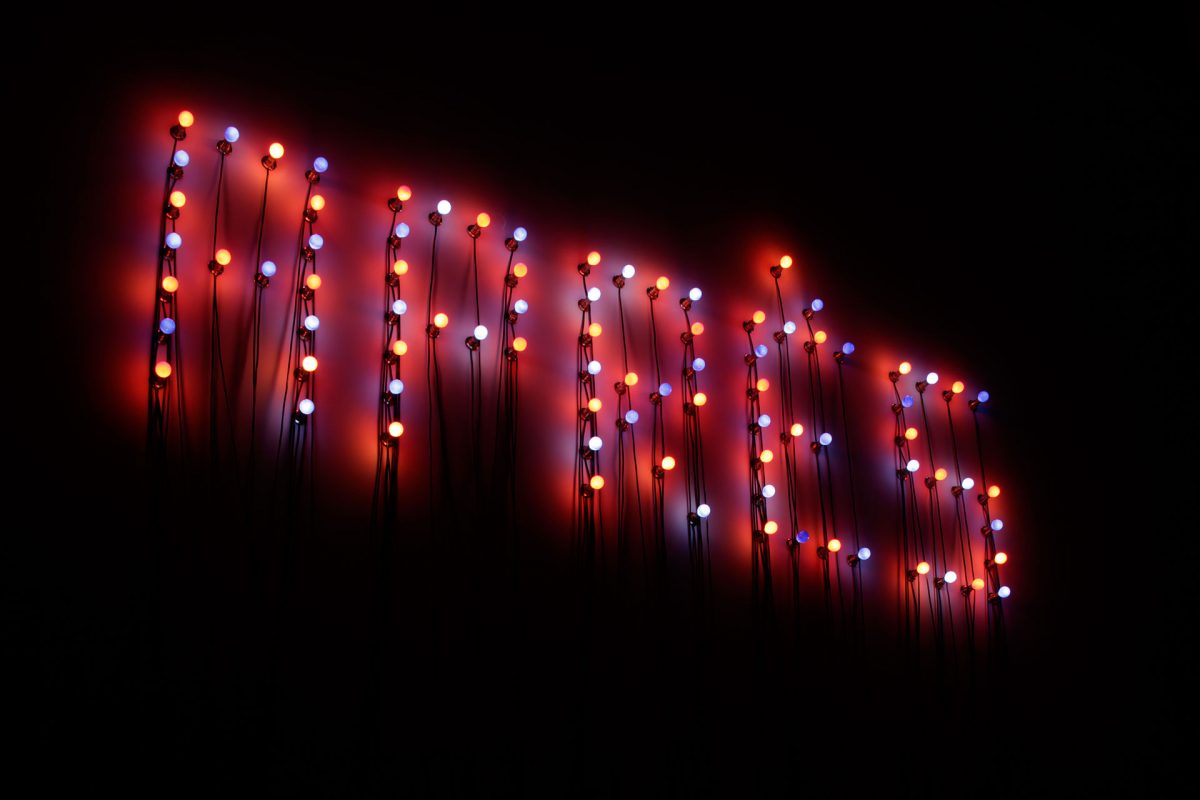
Boltanski also had the famous Animitas project with Japanese bells, started in Chile, in the Atacama Desert, where the remains of thousands of missing victims of Pinochet were found, and continued in various countries. He turned his life into an art object, though not on his own initiative.He turned his life into an art object, though not on his own initiative.«Tasmanian billionaire David Walsh, – Boltanski laughed – bought my life». The camera installed in the artist’s house recorded every day of his life. And Walsh received these DVDs. «Well, I scratched my nose – and what next?» – Boltansky was having fun.

Their contract was interrupted by first death – Walsh, who was much younger, believed that his visawi would die even earlier. It’s a good thing he overpaid in a few years.
It is expected that the exhibition of works by Christian Boltansky will be held in the Petersburg «Manege», the dates have not yet been determined.
Photo: ADAGP, Paris, 2021/Images Vevey/Emilien Iten; Courtesy of the author/ADAGP, Paris, 2021; ADAGP, Paris, 2021/courtesy of the National Museum of Fine Arts, Santiago, Chile/Georges Brantmayer; ADAGP, Paris, 2021/Courtesy of the Art Museum of Wolfsburg/Renato Gyazz; ADAGP, Paris 2021/Jacques Fojour; ADAGP, Paris/2019/Didier Plovi
